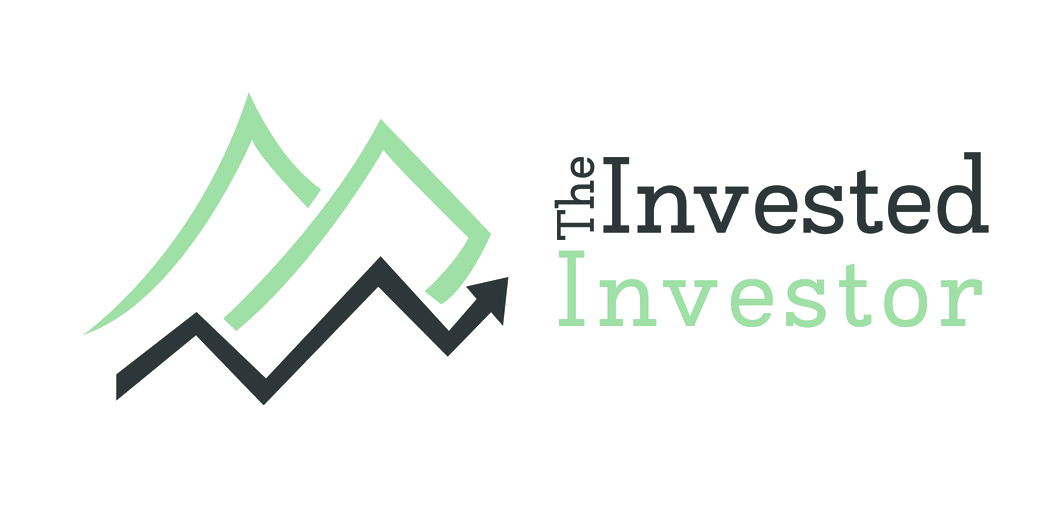Invested Investor Thoughts: When is a pivot not a pivot?
This article is about a few of the many pivots that Peter Cowley has seen in his portfolio and how (un)successful they were. Let us know your thoughts by emailing contactus@investedinvestor.com.
Most in our industry have heard the term “pivot”, but what does it mean?
I am an engineer by training and a pivot point is a fulcrum about which an object rotates, which can be by a few degrees, but more often by full rotations.
How does that apply to a startup? How can a startup rotate and avoid becoming dizzy?
The startup industry has taken the word pivot and slightly redefined it – similar to the word “intelligence” when we precede it with “artificial”. In my view there is no conventional human “intelligence” in AI, and pivoting a startup means changing direction, but certainly not pirouetting.
Originally attributed to Eric Ries (author of the Lean Startup) in 2009, the new meaning of the word is to change the vision and hence direction of the company, sometimes in order to survive, sometimes in order to chase a bigger prize and sometimes to speed access to monetised product market fit.
First is Plumis, whose journey I have been on as a shareholder and director for eight years and is described in an article here, titled “Pivoting to Success”. Incubated on a Royal College of Art and Imperial College program, the initial product was a spray nozzle head incorporated in a kitchen tap which emits very fine water mist after a fire has been detected. This was developed on the basis that the majority of home fires occur in the kitchen and this specific usage was patented. Move forward three years and the product/market fit was found in living spaces and the patent proved of little value. Move forward another four years, another pivot and the living room product was replaced with a head that not only sprays mist but also detects where the fire is in the room and points like a fire extinguisher. A great example of two technical pivots, both led by market need.
The second is Lumejet which designed and manufactured a high-speed printer that used light to produce high quality prints using standard photographic paper. The USPs are strong – 2-3X higher resolution (using focussed light beams) and 3X cheaper output (no need for ink/toner deposition). But the printing market is conservative and the process requires the blank paper to be in light-sealed containers and a wet chemical solution processing system. The pivot occurred after a closure, with a new set of shareholders, who bought a few printers and then provided low cost high quality prints – ie a product to service pivot. This is unusual and may not be sustainable.
Finally, Light Blue Optics, founded by two entrepreneurs who have huge tenacity. Initially a spin out in 2004 from Cambridge University producing a LASER-based colour holographic display device. Ten years later, the first pivot and the touch input element of the technology became the focus. Move forward another few years and the second pivot is to the Kaptivo product which digitises any standard low cost whiteboard allowing live sharing and recording. This 14-year journey has required over £45M, significant investor patience and four changes of CEO, but the founders are still in senior roles. Many thousands of the Kaptivo have been sold.
So, what have I learnt?
That pivots in startups are almost inevitable, that the founders must be able to listen to the market and be prepared to make tough decisions and bring the staff and shareholders with them in the new direction. And that multiple pivots may occur from formation to successful exit.
Founders who don’t listen are very unlikely to be successful.
Peter Cowley

